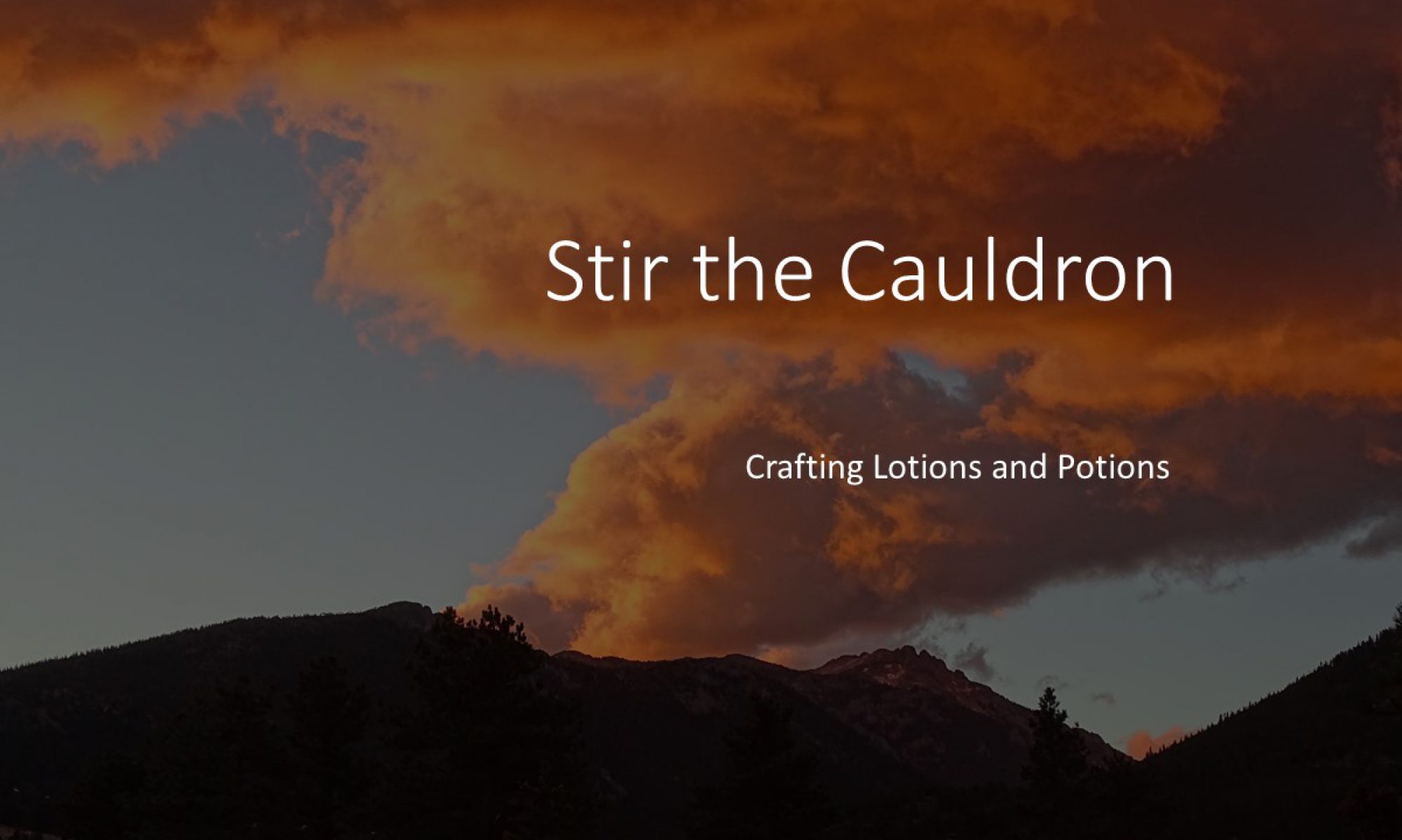(Insect Repellent)

One of the consequences of making cosmetics and perfumes at home is that you start to acquire a collection of bottles. You never throw out a bottle that might be useful, or decorative. There is a reason for you to rummage through charity shops and flea markets. You struggle to find storage space for an ever expanding selection of oil bottles, lab reagent bottles, coloured bottles, decorated bottles, poison bottles, perfume bottles, hand-blown bottles, and bottles with no discernible purpose.

My collection contained one quite plain bottle with a label proclaiming that the content was Frog’s Breath.

It occurred to me that Frog’s Breath would be a most appropriate name for an insect repellent. For the grammar nerds, the reasoning includes subjunctive and conditional verbs:
If a fly were to feel the breath of a frog it would want to depart in haste.
I really dislike using DEET based insect repellents. The smell is something I really dislike, and it makes me sneeze. I can’t enjoy eating out of doors in the presence of the smell of DEET. I’ve found Frog’s Breath is as effective as DEET, and I can tailor the smell of Frog’s Breath to be reasonably pleasant. I’ve successfully used Frog’s Breath to deter mosquitos, ticks, and the sand flies that are too small to see but which cause misery by attacking feet and ankles.
Making Frog’s Breath
I don’t really have a specific recipe for my Frog’s Breath. It has just two ingredients:
Isopropyl Alcohol (70% by volume with water)
A selection of essential oils.
Most airlines will allow you to carry small quantities of liquids containing up to 70% alcohol in cabin and hold luggage. Higher concentrations have a lower flash point, meaning they catch fire more easily, and airlines may refuse to carry them.
I aim for the essential oil content to be about 5%, so 5 ml of essential oils to 95 ml of alcohol. Approximately 100 drops of oil is 5 ml.
Choosing Essential Oils
The choice of essential oils can be almost arbitrary, but here are a few considerations:
The mixture will be sprayed directly onto skin. If you are aware that your skin is sensitive to any oil, avoid adding it to your insect repellent.
I don’t know of any essential oil that attracts insects. Most are effective repellents.
Phototoxicity
Some essential oils are phototoxic. In very simple terms that means that they have the direct opposite effect to sunscreen – they decrease the amount of time you can safely spend in the sun when applied to your skin. The effect is minimal at low concentrations. I’ve used small quantities of some of the potentially phototoxic oils listed below, but I’d advise you to avoid them if you have very fair or sensitive skin:
Angelica root
Bergamot
Cassia
Cumin
Ginger
Lemon
Lime
Lovage
Mandarin
Orange
Verbena.
Making Frog’s Breath is an opportunity to use up the last few drops of oil in a bottle, or to turnover stocks of oils that may be starting to deteriorate. Here’s a list of the oils used in one batch of Frog’s Breath:

Oils that are Head Notes in perfumery are less persistent. Try to include Heart Notes and Base Notes so that your insect repellent is effective for longer and you don’t need to re-apply it so frequently.
Patchouli is an effective insect repellent, a Base Note, and manages to harmonise the most unlikely mixtures of essential oils into something that smells better than an unplanned hodge-podge. It’s also one of the less expensive essential oils. I aim to include 30% to 50% patchouli in the oils in my Frog’s Breath.
I have a small bottle of isopropyl alcohol that I use to rinse droppers and pipettes that I’ve used for essential oils. When the alcohol starts to get a bit murky and droplets of oil collect on the surface, I replace the alcohol in the bottle and keep the used alcohol for making insect repellent.
It’s very likely that some of the oils will settle on the surface of the alcohol, especially if you include heavier Base Notes like patchouli. This isn’t a problem because you can disperse the oils through the alcohol by shaking the bottle before use.

Using Frog’s Breath
I decant my insect repellent into 50 ml bottles for use. I put a screw top on the bottles for travelling, and carry a spray top to use when I get to my destination.
To use Frog’s Breath, first shake the bottle to disperse the oils in the alcohol. Avoid getting it in your eyes while spraying it onto your skin or in your hair. It should be okay to spray it onto clothing, particularly natural fibres. Some technical fabrics may show traces of oils, so probably best to avoid spraying them unless you can test where an oil stain won’t show.




























